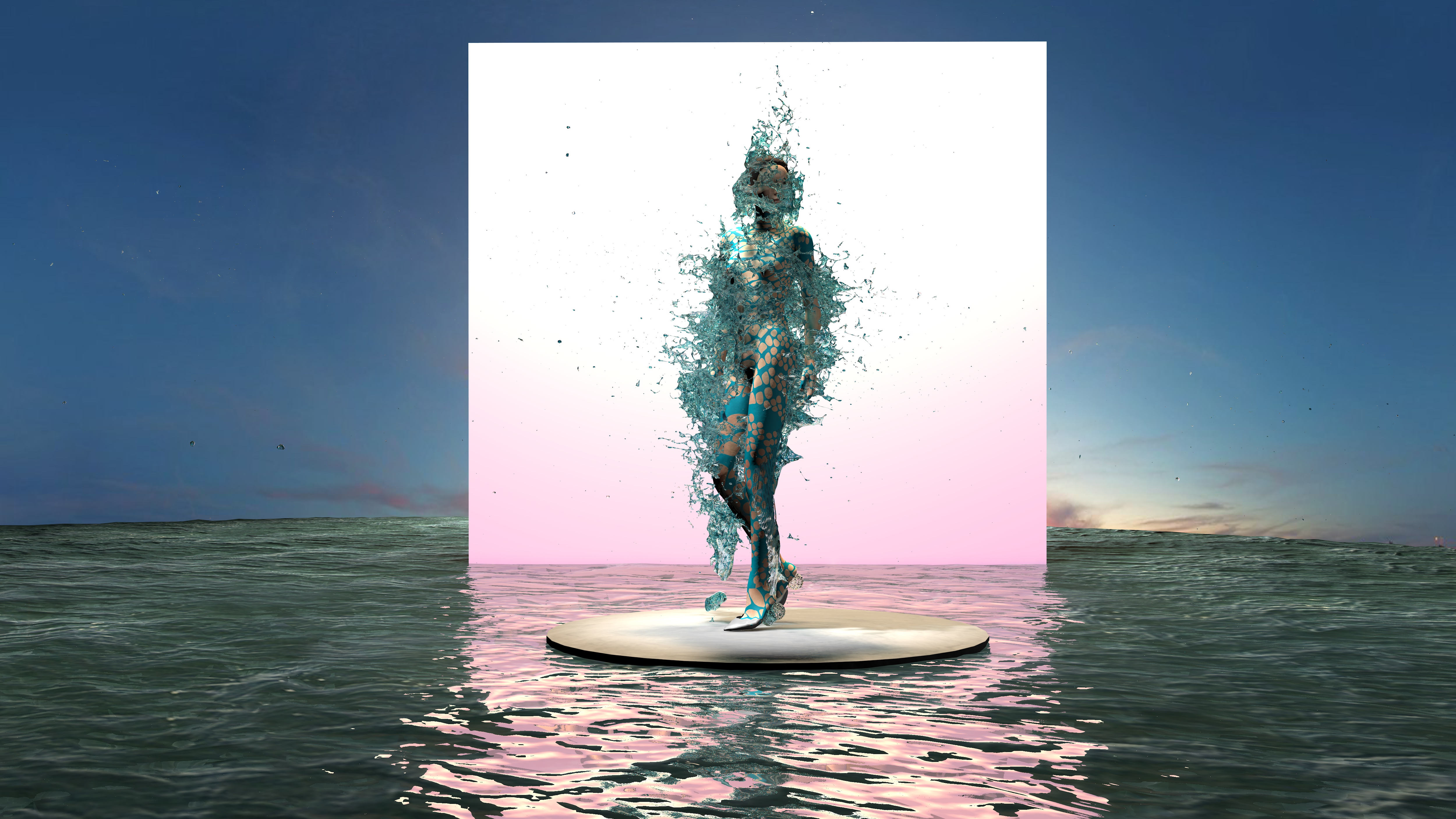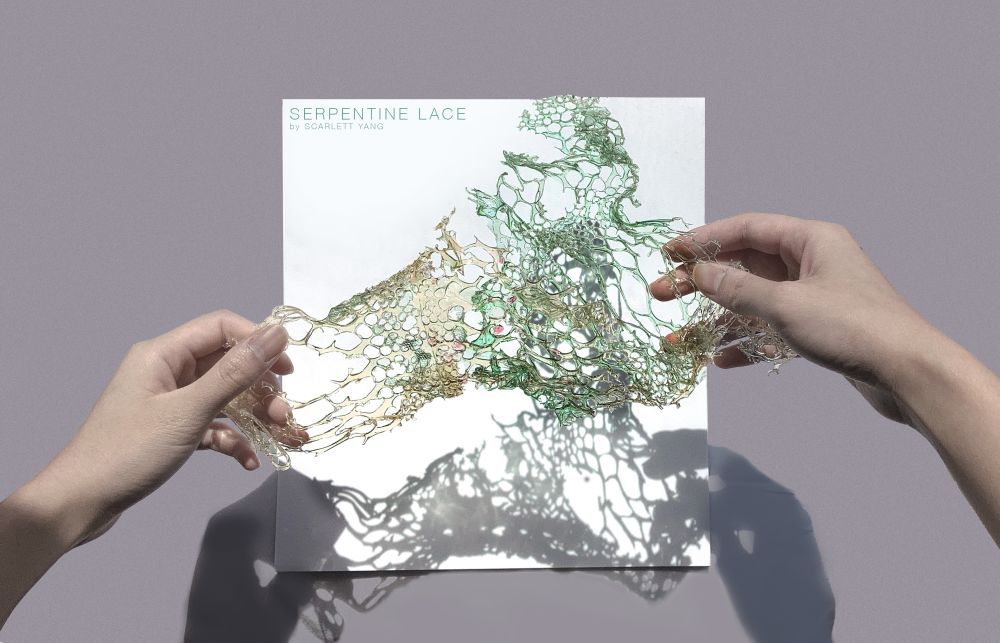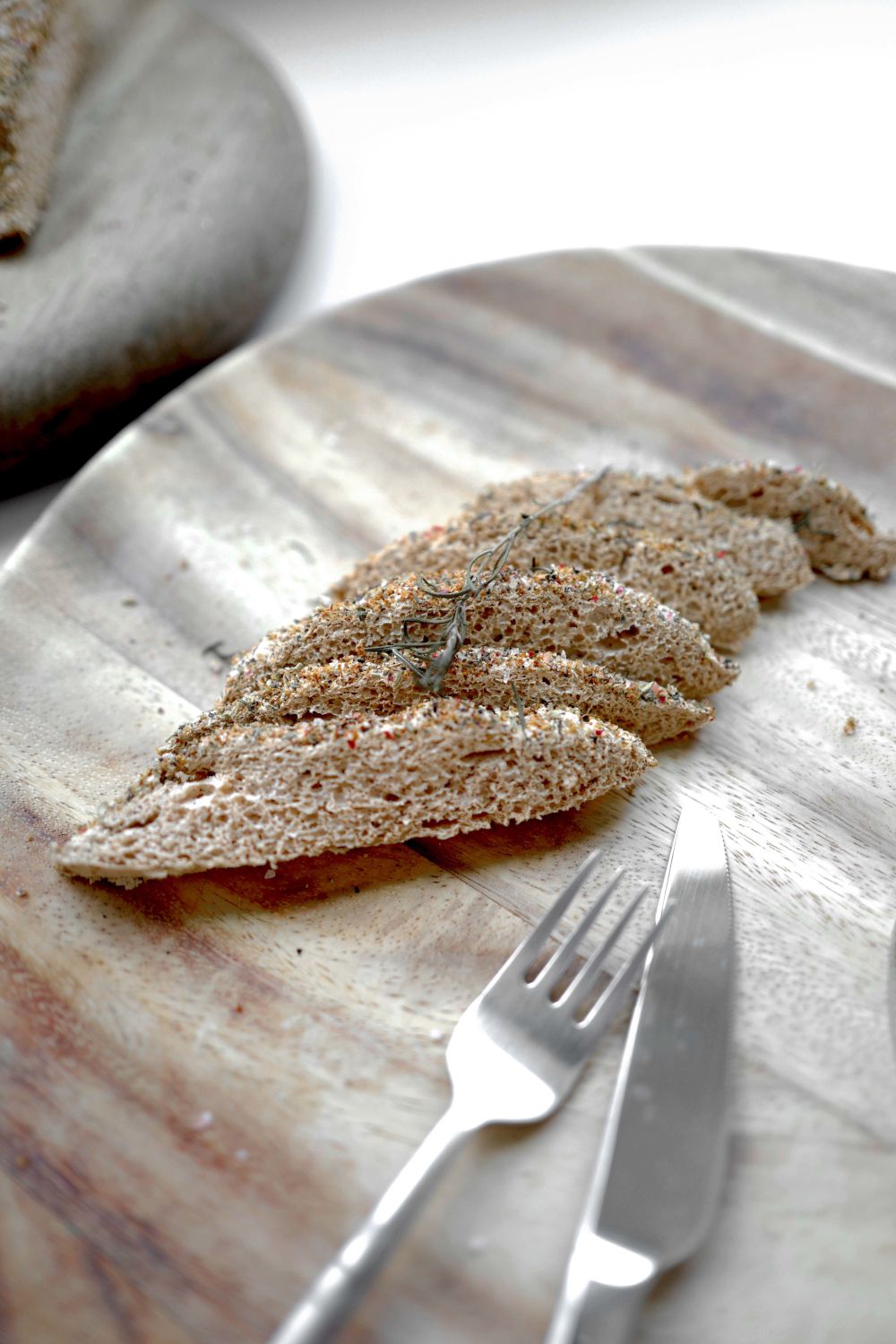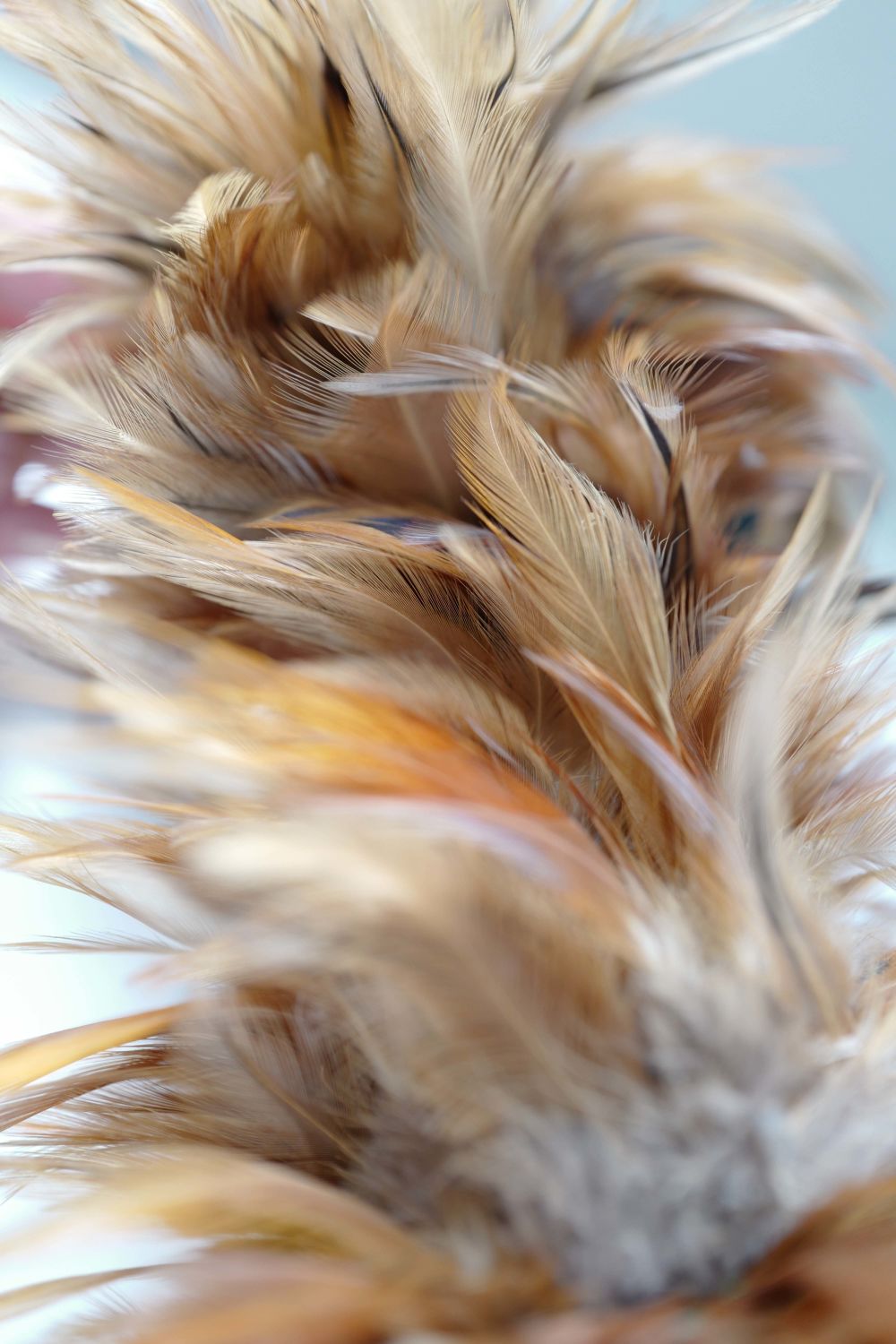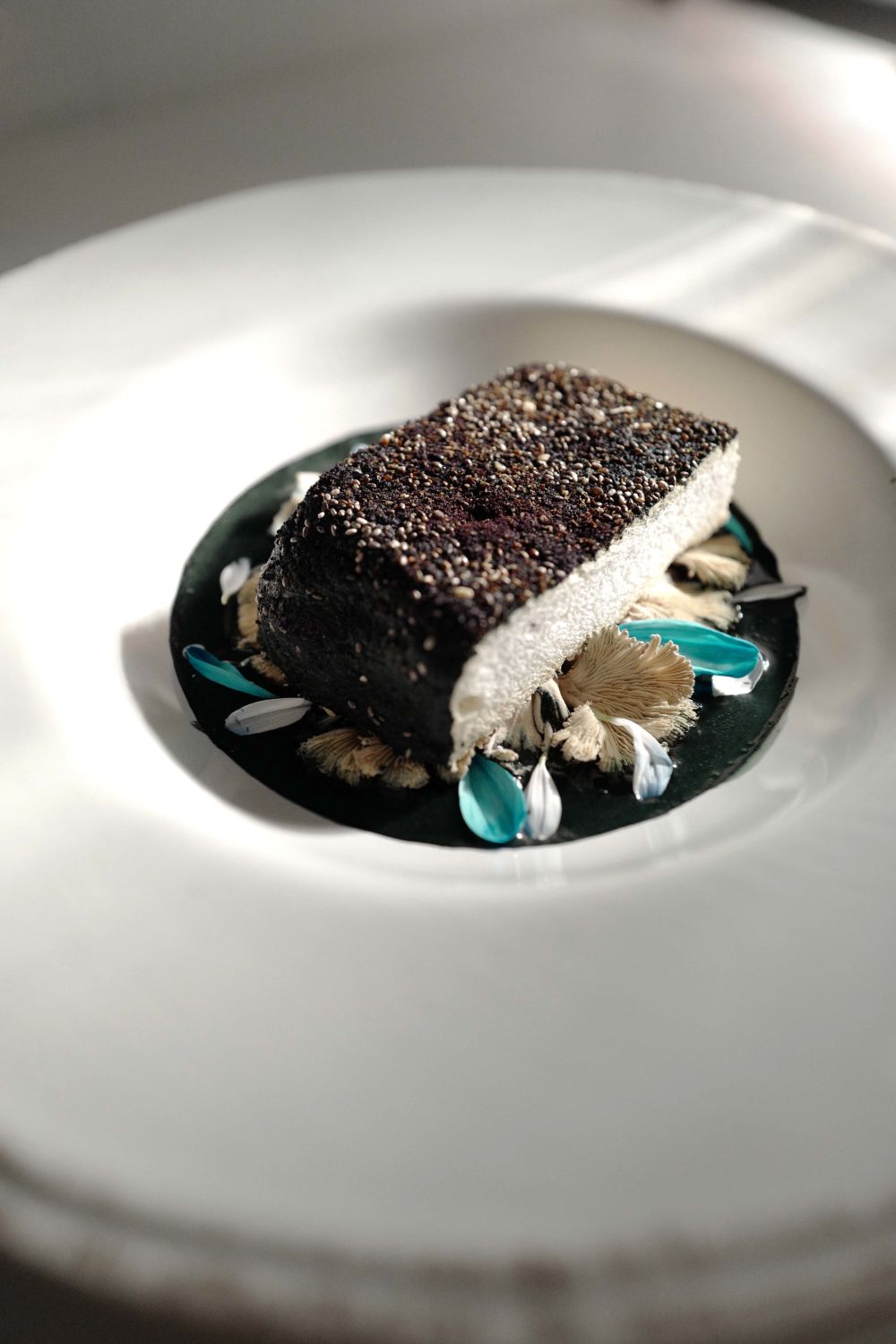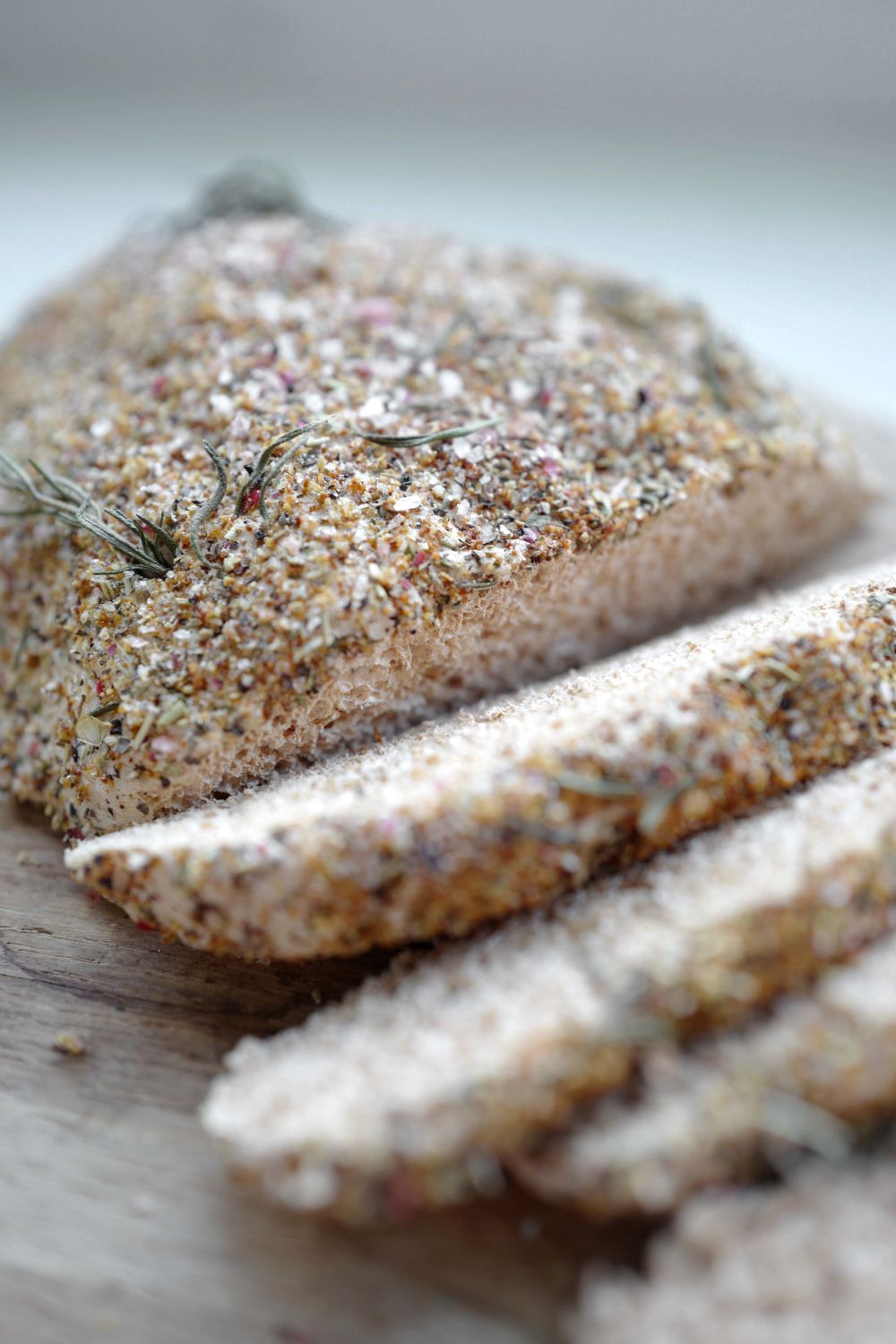We catch up with the two graduating students awarded the Mills Fabrica Techstyle and Sustainability Prizes for material innovation and sustainability.
Since 2018, the Mills Prizes have been celebrating material innovation and sustainability in the work of our final-year students. The prizes are open to students on BA Textile Design, BA Fashion and MA Material Futures and awards two winners with £1,000 each and a residency at The Mills.
“These awards signal our shared vision of a collaboration across the globe that innovates and pushes the boundaries of sustainability in the design sector. We appreciate and value The Mills Fabrica’s support and commitment to Central Saint Martins and our students, which is especially critical during a time of global crisis, as it will be graduates like these who help us understand and design our way through to a better future.”
Rachel Dickson, Dean of Academic Programmes
"We are delighted to be supporting two more talented students with residency at The Mills in Hong Kong which will help them in pursuing their dreams and providing them with the space, network and endless opportunities to further develop their innovative projects."
Vanessa Cheung, Founder, The Mills & Managing Director, Nan Fung Development Ltd.
Scarlett Yang, BA Fashion: Fashion Design Womenswear
Scarlett Yang had two defining experiences on her year in industry. The first was at TextileLab Amsterdam, experimenting in their biolab and the second was a residency devising a media art exhibition for a gallery in Japan. These two practices – biodesign, virtual design – began to bind together in her own.
For her material research she watched designers create small samples and then require speculative visuals to share the vision of what the material could be and scale up the material application. With the virtual fashion exhibition, Yang noticed the audience yearn for tactile experience to navigate what they were actually looking at.
Returning to Central Saint Martins for her final year, Yang had built up a material archive working with algae extracts and silk cocoon protein. She also began experimenting with integrating algorithms into her design process:
“Working with something organic made me ask ‘what if I apply that organic aspect onto digital technology?’. Not just for the display but from the beginning, designing a shape or a silhouette – how would I combine the bio and the digital? So, I used algorithms to generate thousands of designs and would then select a few and train it again based on that selection.”
Her materials are 100% biodegradable and following her collection’s narrative of moving from the real to the virtual they gradually dissolve as environments around them change. Her final project, Decomposition of Materiality and Identities, presents garments that grow, decompose and change shape.
Yang invites chaos and entropy into decision-making: “I’m exploring this concept of something growing chaotically. I was thinking about expressing my identity. I’ve lived in a few different continents, I have a cultural identity that’s always transforming as I grow, moving this way and that.”
By looking to both biological and digital frontiers, Yang’s final project critiques the current fashion system: “We need new technology to interfere with the traditional way of doing things.”
Scarlett Yang has been awarded the Mills Sustainability Prize 2020.
Sorawut Kittibanthorn, MA Material Futures
Kittibanthorn’s final project began with ways of using hair keratin but then he saw that the larger scale problem was in the meat industry. With over 2.3 million tonnes of feather waste produced annually by poultry production in the EU alone, there’s plenty of waste material with which to work. Usual practice is for this waste to end up in landfill or incineration contributing to pollution and climate emergency. With A Lighter Delicacy, the material. designer proposes transforming waste chicken feathers in a new food.
Feathers are 91% keratin with plenty of essential amino acids that can form part of a healthy human diet. The first problem is the keratin protein isn’t digestible by humans. So Kittibanthorn set about designing an enzymatic process that made the material edible.
Then came the next problem: how to make this “new meat” desirable:
“It’s a similar pattern to how people approach edible insects in western cultures. Yes, there’s a cultural barrier to accept it. So, my design challenge is how to get people more open minded towards it… If you want to introduce a food to the market, there needs to be an innovative aspect, high-end craft and a good source of nutrients. That will move it forward to cultural acceptance.”
Researching the values people ascribe to high-end meats – melt in the mouth, tender texture – he then worked on giving the material similar properties. A structural binder offers the opportunity to define a desirable mouthfeel. If this new delicacy could melt in the mouth, our senses could be tricked to think this zero-fat protein was anything but.
Kittibanthorn created a trailer for A Lighter Delicacy showing the new meat being lovingly prepared in an haute cuisine kitchen. Dishes are reminiscent of steak tartare and molecular gastronomy, suggesting that with a little innovation and craft what was once waste can be transformed into new luxury.
Sorawut Kittibanthorn has been awarded the Mills Techstyle Prize.
